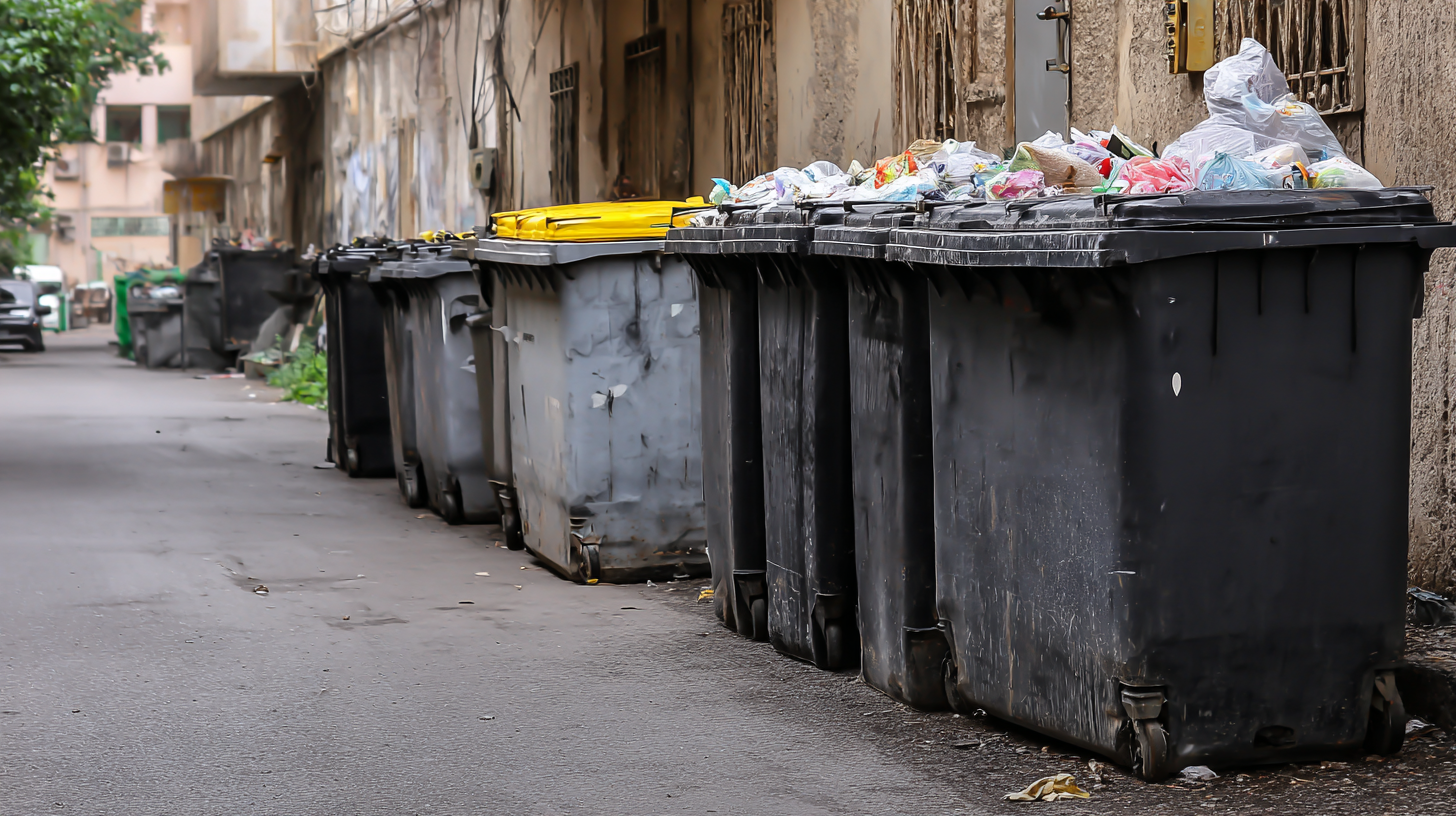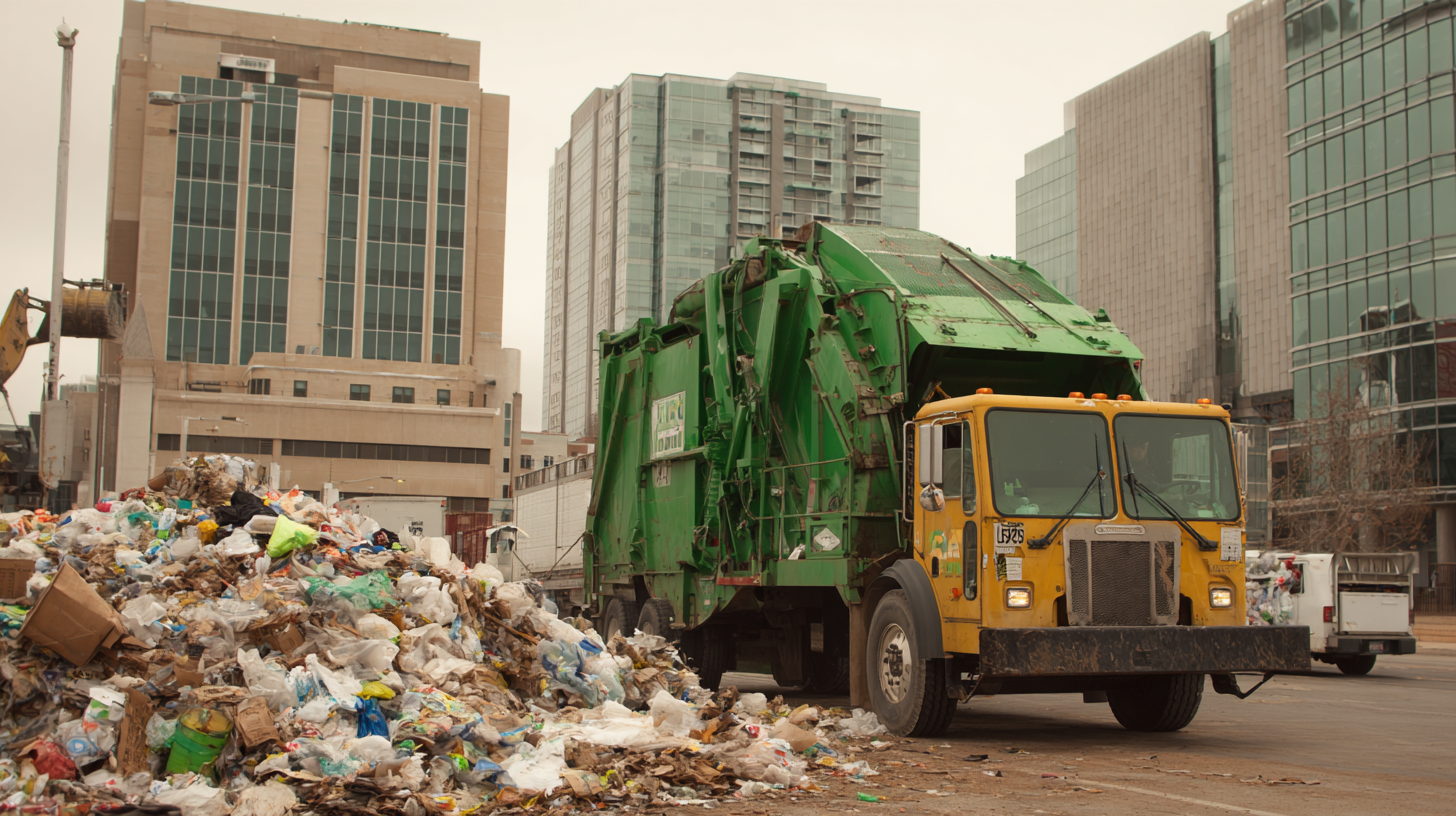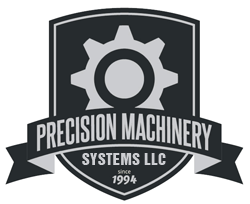Understanding the Common Issues with Best Garbage Compactors
As urbanization accelerates and waste generation increases, effective waste management has become a critical concern globally. According to a report by the World Bank, global waste is expected to grow by 70% by 2050, putting immense pressure on current waste management systems. In this context, Garbage Compactors have emerged as essential appliances that help reduce waste volume, making disposal and transportation more efficient.

With China's manufacturing prowess, renowned for its innovation and quality, the country has established a significant footprint in the global garbage compactor market. Reports suggest that the garbage compactor market is projected to reach $4 billion by 2027, driven by increasing environmental concerns and advancements in technology.
However, despite their benefits, common issues persist with garbage compactors, including maintenance challenges and operational failures. Understanding these issues is crucial for users aiming to maximize the efficiency and longevity of their garbage compactors.
Common Problems Faced by Homeowners with Garbage Compactors
Garbage compactors can be a game-changer for homeowners looking to save space and manage waste more efficiently. However, like any appliance, they come with their own set of common issues that can hinder their performance. One major problem is jamming. Improper loading of trash, overloading, or placing non-compatible materials can lead to a jammed compactor, resulting in frustration and delays in waste management. Homeowners often find themselves dealing with the hassle of disassembling components to resolve these jamming issues.

Another frequent issue is the malfunctioning of the motor or the hydraulic system. Over time, wear and tear can cause these essential parts to fail, leading to the compactor being inoperable. Regular maintenance, such as checking the motor and ensuring the hydraulic fluid levels are adequate, can help mitigate these problems. Additionally, odors can become a common complaint if compacted waste is not removed promptly or if the compactor isn't cleaned regularly. Homeowners must be vigilant about routine maintenance to prevent unpleasant smells and ensure their garbage compactor operates smoothly.
Data-Driven Insights on Maintenance Frequency for Optimal Performance
When it comes to maintaining your garbage compactor, understanding the frequency of upkeep is crucial for ensuring optimal performance. Regular maintenance not only extends the life of your unit but also improves its efficiency in handling waste. Ideally, compactors should be serviced every three to six months, depending on usage. This routine check-up can help identify and address potential issues before they escalate into costly repairs.
One key tip for effective maintenance is to keep the compactor clean. Regularly removing debris from the internal chamber and external parts minimizes wear and tear. Additionally, lubricating the moving parts will prevent them from seizing up, enhancing the machine's overall functionality.
Another important aspect is monitoring the compactor’s loading habits. Overloading can lead to mechanical failures and decreased efficiency. Ensure that you’re adhering to the manufacturer's guidelines on load limits and types of materials suitable for compacting. By being mindful of usage patterns and conducting regular maintenance, you'll keep your garbage compactor running smoothly and efficiently for years to come.
Understanding the Common Issues with Best Garbage Compactors - Data-Driven Insights on Maintenance Frequency for Optimal Performance
| Issue | Frequency of Occurrence (%) | Recommended Maintenance Frequency (Months) | Impact on Performance (%) |
|---|---|---|---|
| Overheating Motor | 25 | 6 | 45 |
| Clogged Feeding Chute | 40 | 3 | 30 |
| Worn-Out Compaction Plates | 18 | 12 | 50 |
| Faulty Switches | 15 | 4 | 25 |
| Leaking Hydraulics | 12 | 9 | 40 |
Identifying Signs of Wear and Tear in Your Garbage Compactor
When it comes to garbage compactors, understanding the signs of wear and tear is crucial for ensuring efficient operation and prolonging lifespan. According to a report from the Appliance Manufacturer’s Association, around 25% of garbage compactor failures are attributed to neglecting maintenance. Common indicators of wear include unusual noises, failure to compact waste effectively, and inconsistent performance. These signs should prompt immediate attention to avoid a complete breakdown.
Regular inspections can help identify parts that are showing signs of fatigue, such as seals, motors, and compacting plates. Data from the National Waste and Recycling Association emphasizes that homeowners should perform a thorough check every six months. Not only does this proactive approach safeguard the integrity of the compactor, but it also enhances overall waste management efficiency. If rust or corrosion is visible on the components, it's time to consider servicing or replacing parts to maintain optimal function and prevent safety hazards. Keeping an eye out for these issues can lead to significant savings in repair costs and improve the longevity of your garbage compactor.
Energy Efficiency: Evaluating the Costs of Operative Garbage Compactors
When selecting a garbage compactor, energy efficiency emerges as a crucial factor that directly influences operational costs. High-quality compactors are designed to minimize energy consumption while maximizing waste compression, ultimately leading to savings on utility bills. Consumers should look for models with energy-efficient motors and features such as automatic shut-off or adjustable pressure settings to optimize performance without unnecessary energy expenditure.
Evaluating the long-term costs of using a garbage compactor extends beyond just the initial price tag. While some models may be less expensive upfront, they often come with higher operating costs due to energy inefficiency. Investing in a well-rated, energy-efficient compactor can lead to significant savings over time, ensuring that your investment pays off. Additionally, manufacturers often provide estimates of the energy costs associated with their models, allowing consumers to make informed decisions based on projected savings versus initial investments. By prioritizing energy efficiency, users can achieve a balance between effective waste management and sustainable practices.
Energy Efficiency of Common Garbage Compactors
This chart displays the energy consumption of various garbage compactor models, measured in kilowatt-hours per week. It helps in understanding the efficiency of different models, allowing consumers to make informed decisions based on energy usage.
Top Solutions to Minimize Odor and Bacterial Growth in Units
When dealing with garbage compactors, odor and bacterial growth can be significant issues that not only affect the appliance's performance but also the surrounding environment. To minimize these problems, regular maintenance is crucial. Emptying the compactor frequently can prevent the buildup of waste, reducing both smell and microbial growth. It’s advised to wash the bin with a mixture of soap and water to keep it clean and free of residues that can harbor bacteria.

Additionally, utilizing odor-neutralizing products can make a big difference. Many users find that placing baking soda or specially designed odor-absorbing pouches within the unit helps to absorb unwanted smells effectively. These products not only combat odor but also inhibit bacterial growth by maintaining a dry environment. Implementing these simple strategies can significantly enhance the hygiene and usability of your garbage compactor while keeping your home fresher and cleaner.
